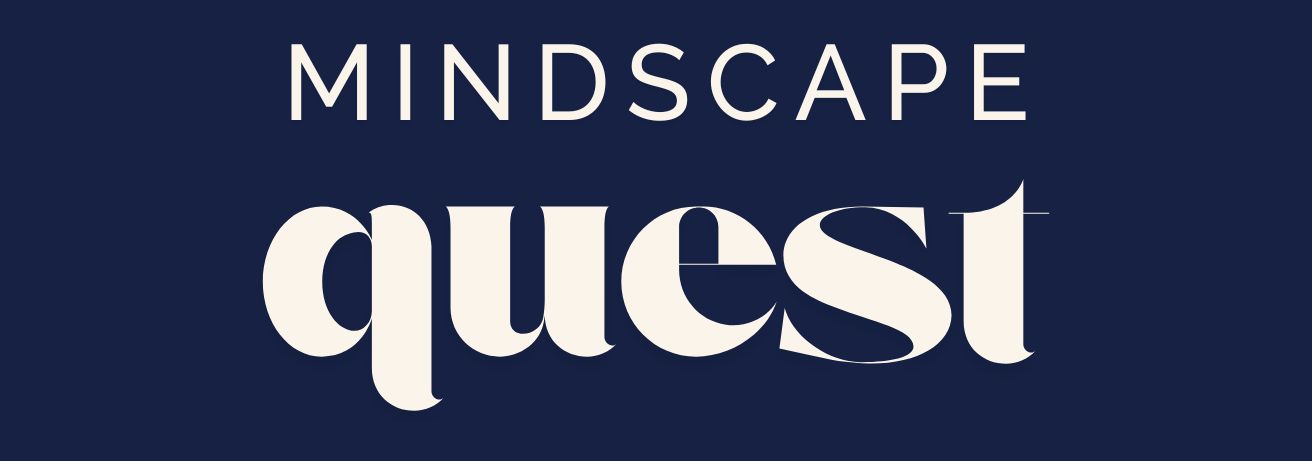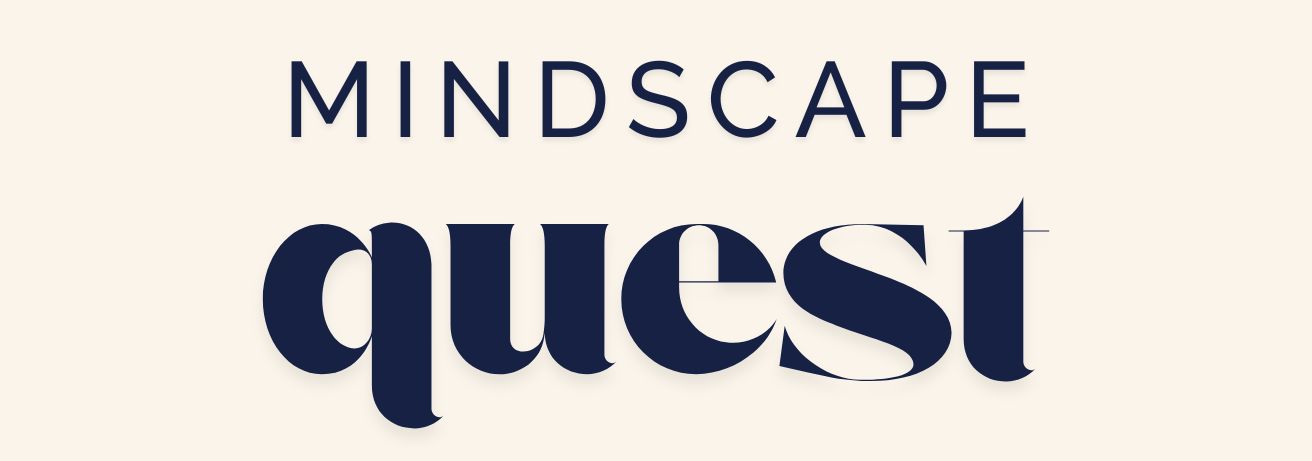Introduction to Stimulus Check Eligibility
In recent years, stimulus checks have been a crucial component of financial relief efforts in the United States. These payments were designed to help individuals and families cope with economic challenges arising from unforeseen circumstances, such as the COVID-19 pandemic. Understanding stimulus check eligibility is essential for those who wish to benefit from these relief measures. Eligibility criteria often depend on factors such as income, tax filing status, and the number of dependents. Typically, individuals with a lower income or those who have experienced a significant drop in income are prioritized. It’s important to stay informed about the latest updates, as eligibility requirements can change with new legislation.
To determine if you qualify, consider the following:
- Your adjusted gross income (AGI) from the most recent tax return
- Your filing status (single, married, head of household)
- The number of dependents you claim
Being aware of these criteria can help you prepare and ensure that you receive any financial support for which you are eligible.
Latest Stimulus Check Update
As of 2024, there have been significant updates regarding stimulus checks, reflecting the evolving economic landscape and government priorities. While federal stimulus checks were a staple of the pandemic response, recent updates suggest a shift towards more targeted aid. This includes state-level initiatives and specific programs aimed at assisting particular groups, such as low-income families and individuals who have been disproportionately affected by economic downturns.
Recent changes include:
- State governments introducing their own relief programs, often with unique eligibility criteria
- Increased focus on providing aid to sectors heavily impacted by economic shifts, such as hospitality and retail
- New measures to support small businesses and self-employed individuals
Staying updated with these changes is vital, as they can significantly impact your eligibility and the type of aid you may receive. Regularly checking official government websites and consulting with financial advisors can provide clarity and guidance.
Exploring Financial Relief Programs in 2024
Beyond stimulus checks, 2024 brings a variety of financial relief programs designed to address the diverse needs of the population. These programs aim to provide comprehensive support, ranging from unemployment benefits to housing assistance. Understanding the scope and availability of these programs can help individuals and families navigate financial challenges more effectively.
Key programs to consider include:
- Expanded unemployment benefits for those who have lost jobs due to economic shifts
- Rental and mortgage assistance programs to prevent housing insecurity
- Food assistance initiatives to ensure access to essential nutrition
These programs often require specific documentation and adherence to application deadlines, so it is advisable to begin the application process early. Additionally, exploring local community resources can provide additional support and information.
Comparing Federal and State-Level Relief Efforts
The distinction between federal and state-level relief efforts is crucial for understanding the full range of available support. While federal programs provide a broad safety net, state-level initiatives often offer more tailored assistance, addressing specific regional needs and economic conditions.
Differences between federal and state programs include:
- Federal programs typically have broader eligibility criteria and larger funding pools
- State programs may offer more specialized aid, targeting local industries or demographics
- State initiatives can be more flexible, adapting quickly to changing economic conditions
By comparing these efforts, individuals can identify which programs best suit their circumstances and maximize the financial support they receive. Engaging with local government offices and community organizations can provide insights into the most relevant programs and how to apply.
Conclusion: Navigating Financial Relief in 2024
As we move through 2024, understanding the landscape of financial relief, including stimulus checks and other aid programs, is vital for economic stability. By staying informed about eligibility criteria, recent updates, and the differences between federal and state initiatives, individuals can make informed decisions about their financial well-being.
Whether you are seeking direct financial support through stimulus checks or exploring broader relief programs, proactive engagement with available resources can make a significant difference. This guide serves as a starting point, encouraging readers to delve deeper into the specifics of each program to ensure they receive the assistance they need.










